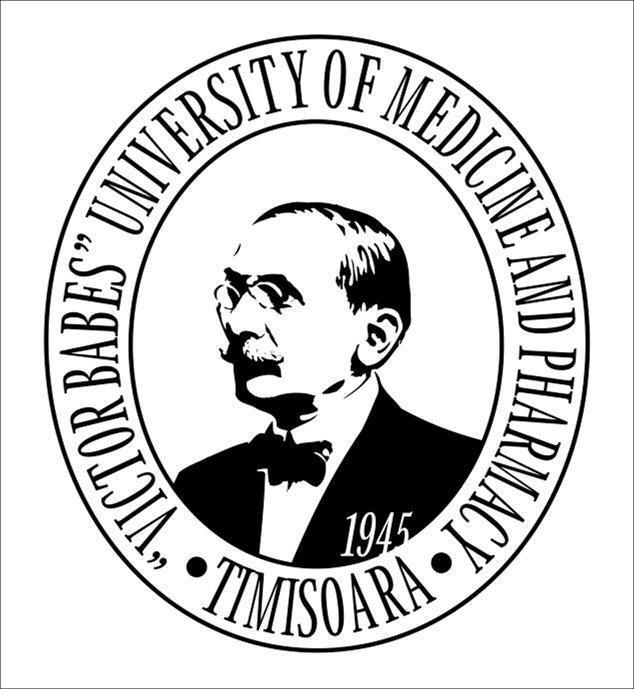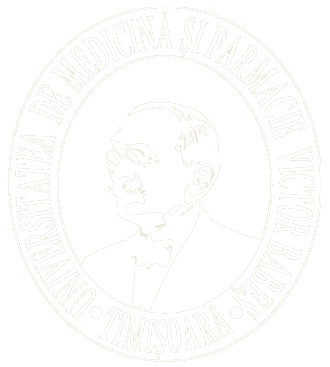The general aim of the project is the achievement of a cross-border pole of research of excellence concerning the incidence, mechanisms and prevention of cardiovascular diseases with major risk of sudden death in the general population of the DKMT Euroregion.
Specific objectives are as follows:
1) Complementary development and improvement of infrastructure for advanced cardiovascular research:
-
Modernization of the Animal facilities in the Project Leaderís institution according to the requirements of the European Community Laws;
-
Creation of 3 new Research Laboratories: Laboratory of Molecular Genetics in the Project Leaderís institution; Laboratory of Confocal Microscopy and Informatics Laboratory for Data Mining and Data Base Management in the Crossborder Partnerís institution.
2) Implementation of joint translational (from bench to bedside) research projects by commonly using the harmonized infrastructure:
-
Basic research studies performed in small and large animal models of arrhythmia and heart failure aimed at identifying pathophysiological mechanisms responsible for sudden death and possibilities of prevention (from diet to conditioning strategies, etc.);
-
Screening of population in both countries according to a standardized protocol in order to identify the incidence of risk factors for sudden death with a special emphasize on repolarization abnormalities (from inherited genetical disorders to acquired pathology);
-
Genetic analyses of the patients at risk and re-expression of the mutated genes in cell lines that will be further analysed by patch-clamp and by confocal microscopy.
TARGET GROUPS
The main target group is represented by the mixed teams of researchers in the field of cardiology from the partner universities that will be trained to use and will benefit from the commonly developed infrastructure facilities. The second important target group is represented by the population of the region which will be informed about the risk factors of sudden death in order to increase addressability to the special services and the cardiologic patients identified as belonging to the risk groups that will be further screened for the genetic modifications. Indirect beneficiary will be the scientific communities of both sides of the border that will have access to both expensive and frequently needed multipurpose equipment and the research results that might be used to develop new partnerships.
Mortality and morbidity from cardiovascular diseases have been reported to be mostly elevated in the Eastern part of Hungary and Western part of Romania. In particular, the incidence of sudden cardiac death, a major problem worldwide, is significantly higher in our regions as compared to the developed EU countries. The most common underlying causes are heart disorders associated with ischemia (in elderly population), but also genetic heart diseases (increasingly in young people, especially top athletes). Moreover, there is a high incidence of chronic heart failure that in association with co-morbidities (ex., diabetes) predispose to malignant tachyarrhythmias and sudden death.
Both partners are academic institutions currently carrying on research activities financed from national research grants and having solid background in the field of cardiology.







